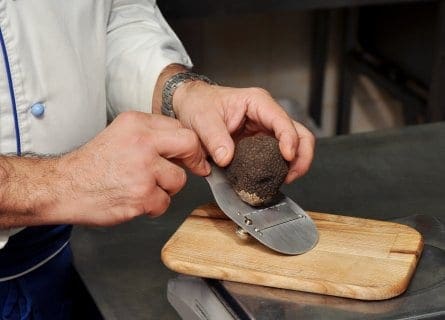
A Guide To French Truffles (Black Diamonds)
March 21, 2017
Unearth the allure of French Truffles - Black Diamonds of Périgord! A guide to their mystique, flavors, and history.
Embarking through the labyrinth of French cheeses can be a delightful yet overwhelming experience. With a staggering array of over 1000 varieties to tantalize your taste buds, it’s no wonder you might find yourself in awe and lost for words. But fear not! Before you walk away from your local cheesemonger, perplexed by the sheer abundance of creamy, milky, and aromatic goodness that French cheeses offer, let me be your guide. I’ll introduce you to a few names that should always be present in your cheese vocabulary or dining table.
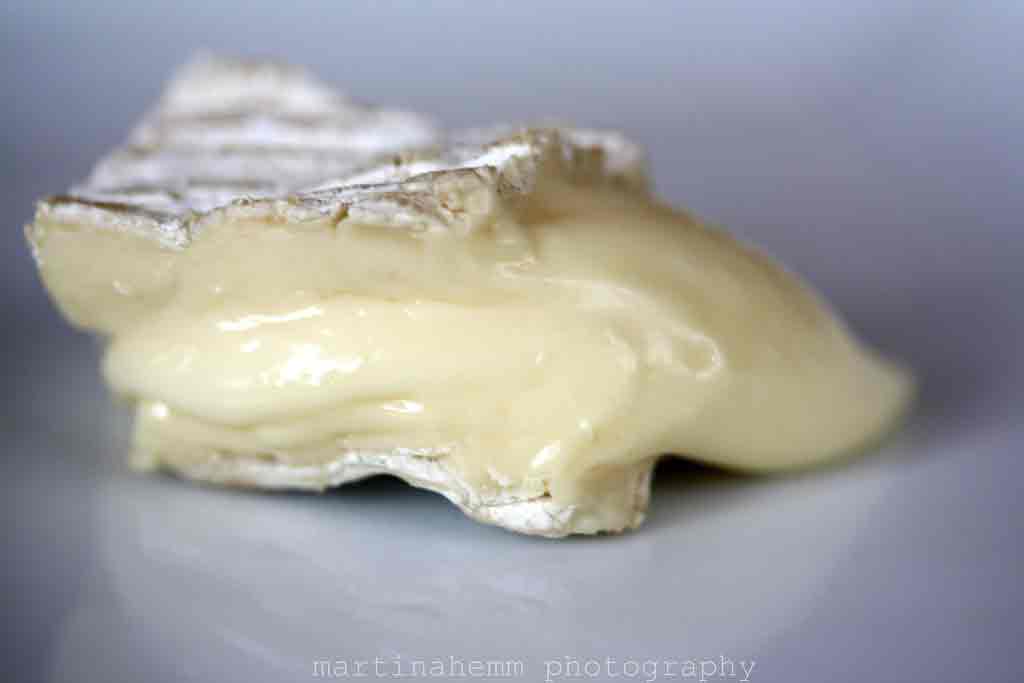
As the renowned French lawyer and gourmet, Jean Anthelme Brillat-Savarin, wisely said, ‘A meal without cheese is like a beautiful woman with a missing eye.’ So, let’s delve into the world of fromages that have earned the coveted Appellation d’Origine Contrôlée (AOC) designation, ensuring their production adheres to the highest standards and preserves their unique origins.
Join me as we explore the hidden stories and flavors of these exceptional French cheeses, each a masterpiece in its own right.
The oldest and maybe most famous cheese in France, Roquefort, received its official designation of origin in 1925, but its patent dates back to the 14th century. This sheep’s milk cheese derives its signature taste and trademark green-blue veins from the mold that it forms while aging in the natural caves of Roquefort-Sur-Soulzon. When it has reached its peak, Roquefort will appear to melt— the semi-soft cheese becoming even softer in its prime. The French savor its strong, pungent flavor spread thickly on a slice of buttered bread. Now a bottle of Blanc de Blanc, and you have yourself a meal.
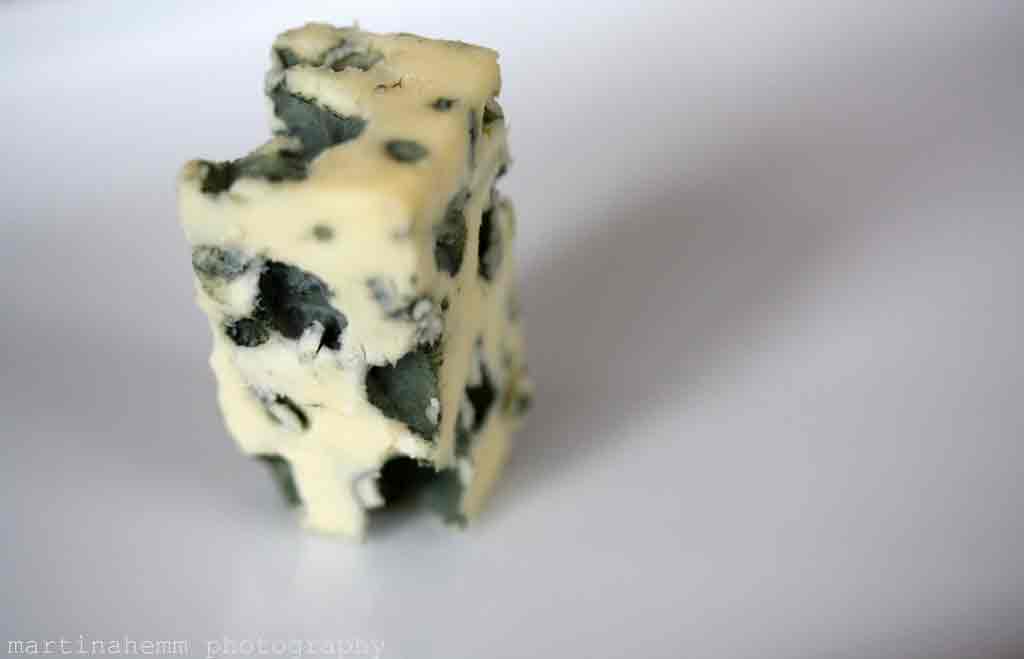
Like its distinguished cousin Roquefort, Bleu cheese boasts captivating blue and green veins of mold that meander through its luscious semi-soft white base, imparting it with a signature taste that cheese enthusiasts adore. However, unlike Roquefort, these exquisite cheeses do not undergo the aging process within the famed caves of Roquefort-Sur-Soulzon. Instead, Bleu cheeses earn their names from the picturesque villages they originate from, each contributing its distinct character and flavor.
While the traditional Bleu cheese is predominantly crafted from cow’s milk, the world of blue-veined delicacies offers delightful variations. For those who seek a tangy twist, there’s Bleu de Chevre, prepared from velvety goat’s milk, infusing the cheese with unique and delightful complexity. Likewise, the connoisseurs of rich and intense flavors can relish Bleu de Brebis, lovingly produced with the finest sheep’s milk, resulting in a sublime cheese tantalizing the palate.
Recreated throughout the world, the authentic Camembert traces its origin to 11 century Normandie and officially became known as Camembert in the 18th century. To best conserve the velvety soft cow cheese, it is sold in small wooden boxes. Keep an eye open for Camembert de Normandie; this is a ladle-molded Camembert usually made with unpasteurized milk, which helps the true, mild, and creamy milk flavor of this cheese unfold.
Proclaimed “the king of all cheeses” during Vienna’s Congress in 1968, this soft cow’s milk cheese has proven its popularity as a mainstay on menus around the world. In its prime, the white rind of fungus should smell like a fresh, damp forest in the springtime, while the cheese itself must be soft and yellow. The cheese must be yielding through and through; if you cannot easily glide through the cheese with a butter knife, it is not yet ripe. Be wary of Brie, which has a slight smell of ammonia; it is probably past its prime.
Reblochon cheese, softer-than-Brie, originates from the resourceful Savoie farmers of the 13th century. Farmers engaged in an ingenious practice called “re-blochaient” or re-milking to evade high milk taxes imposed by landowners. During inspections, they partially milked their cows and then returned later for a second milking, yielding creamier milk crucial for the cheese’s consistency. Reblochon is produced from the second milking of three cow breeds – Abondance, Taurine, and Montbéliarde. The cheese matures in caves or cellars, washed in whey, and turned every two days by skilled artisans.
The result is a tantalizing delight, with a nutty, musky, and slightly herbal taste that complements the creamy texture. To savor Reblochon at its best, enjoy it when perfectly ripe, as an overly ripe cheese may turn bitter. For a perfect pairing, relish it with a glass of fruity Beaujolais-Villages wine, a harmonious combination that echoes tradition and the cheese’s deep ties to the region’s heritage, embodying the essence of Savoie’s rustic charm and farmer’s ingenuity.
Munster’s origins lay behind the walls of Benedictine monasteries situated in the Munster Valley. The monks invented this cow’s milk cheese to escape the dull drum of their vegetarian diet, best enjoyed by breaking through its soft rind and scooping out its gooey center with breadsticks. The cheese is continuously turned and washed with water from the Vosges during its maturation, which develops the cheese’s signature red, furrowed rind. Follow in the monk’s footsteps and savor creamy threads of Munster with a glass of chilled Riesling.
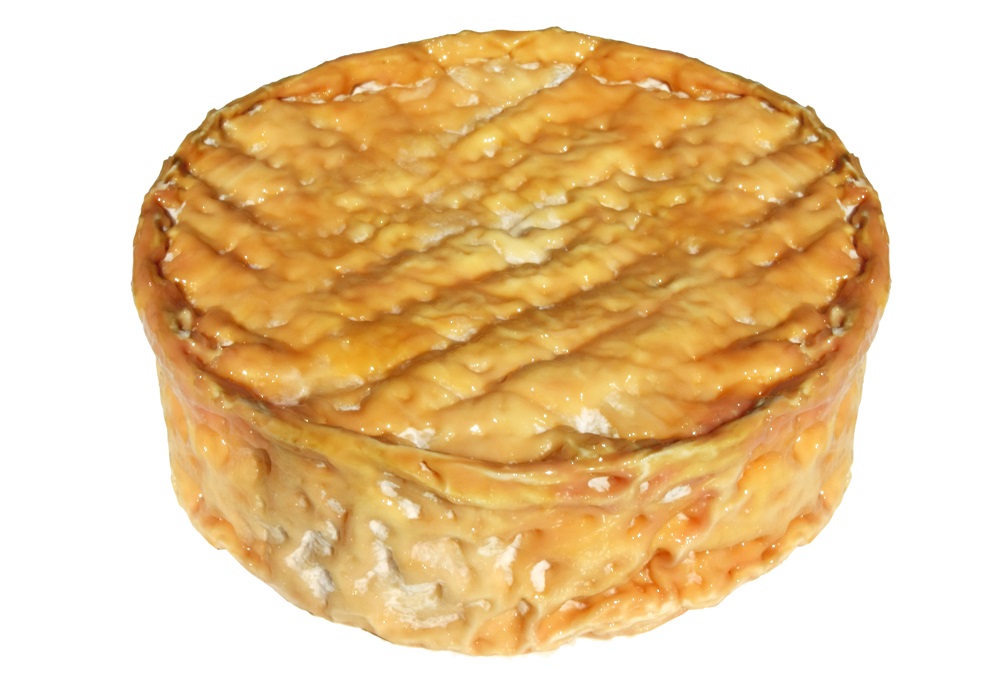
Yet another spoonable French cheese, Epoisses, is for the lovers of a truly smelly Fromage. This cow’s milk cheese originated during the 18th century in the midst of Burgundy at the Abbey de Citeaux. The cows that produce the milk for a true Epoisses graze for three months in the meadows of Burgundy, after which their milk is coagulated, washed with brine, and finished with white wine or brandy. The dark orange rind hides a silky interior rich with a salty and pungent flavor, great with sweet bread like a buttery brioche or deep-flavored walnut bread.
From the region of Franche-Comte, this cow’s milk cheese melts in your mouth, dissolving into a nutty bite that pairs beautifully with dry white wine. The texture is firm but soft to eat, and the buttery yellow color of the cheese contrasts beautifully with its dark rind.
Chevre, meaning ‘goat’ in French, refers to all cheeses made of goat’s milk. Chevres are exclusively made from goat’s milk and may be enveloped in herbs or leaves of their region, bathed in white wine, or coated in vegetable ash. The texture ranges from fresh, soft, semi-soft, and cured.
One of the most famous Chevres, Crottin de Chavignol, is produced in Berry’s region and derives its name from the town of Chavignol, where it was first crafted. The goat’s milk cheese is refined in a bath of Sancerre wine, which is also cultivated in the region.
Tommes are traditionally named after the towns where they are produced and are generally low in fat since they are made from the skimmed milk left over after making butter. We differentiate between Tommes made with milk from the summer and those composed of winter milk. In the summer, cows graze in mountain pastures, while in the winter, they feed on hay. The summer milk lends a fruitier taste to the cheese, resulting in very distinct flavors between seasonally produced Tommes.
Known to many as a flavor of cream cheese, Neufchatel has much more noble platforms than bagels. Made in Normandy from unpasteurized whole milk, this cow’s milk cheese is handcrafted by letting the coagulated milk hang in cheesecloth for 12 hours. The milk’s bacteria will form a layer of snow-white layer of mold around the cheese while it ages for at least three weeks in damp caves. One of the most curious and traditional shapes this cheese comes in is that of a heart. Supposedly this began during the 100-year war when a young French girl gifted her future husband with her heart made of Neufchatel.
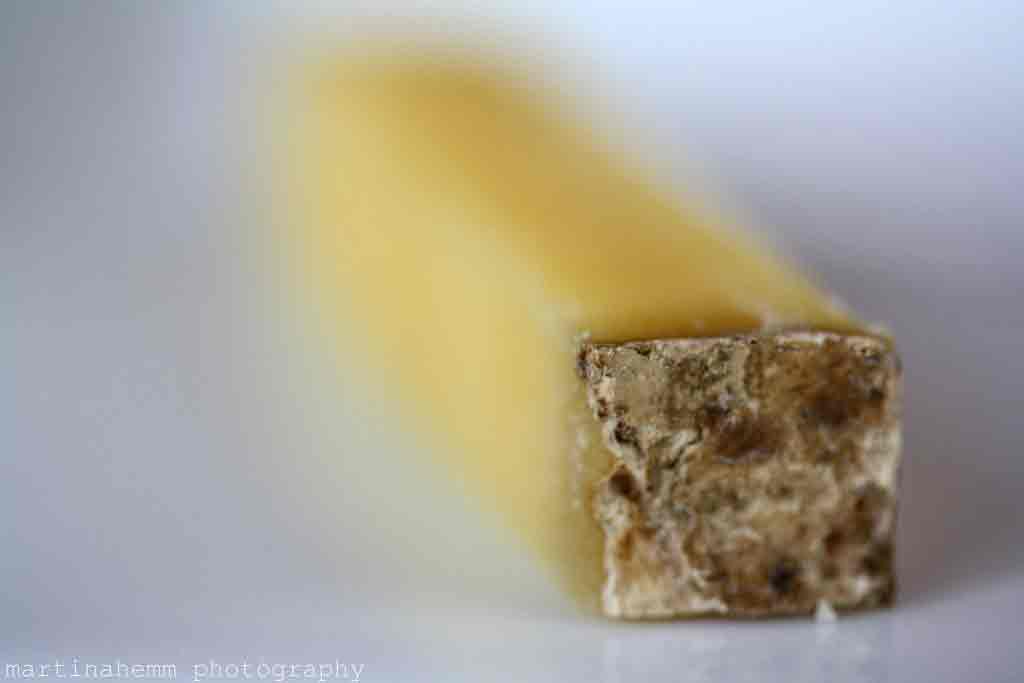
If you would like us to customize an exclusive luxury tour, contact us and let us know your travel plans. We offer luxury food and wine tours for private groups of a mininium two guests. In addition, all of our private, chauffeured tours are available year-round upon request.


Le Heirloom Tomatosays:
January 15, 2012 at 12:13 am
Thank you, this was a helpful post. I'm going to try some of these cheeses soon.
Sacre, Bleu and other Fromage. | The Foreign Kitchensays:
November 11, 2010 at 6:36 am
[...] I think we’re all at loss for words. [...]
Sacre, Bleu and other Fromage. « THE FOREIGN KITCHENsays:
July 19, 2010 at 4:46 am
[...] think we’re all at loss for words. from → France, Products, Reviews ← Taberna Agrado: Eating with Saints. [...]
Cajun Chef Ryansays:
April 7, 2010 at 4:42 pm
Oui, Mlle Geneviève! Merci beaucoup pour cette tournée merveilleux fromage!
Silviasays:
April 7, 2010 at 2:18 am
Ah le fromage Francais, quel delice!
Elle (Bromography)says:
April 6, 2010 at 11:25 pm
A wonderful primer of French cheese. Thank you for sharing this delicious information.
Mhe-Lhanee Benitosays:
April 6, 2010 at 11:18 pm
I love Fromage! But I still have a lot to learn and taste. I just knew the basics like some of the mentioned above. Hoping i could taste a wide array of french cheese. Those are the good stinky stuffs i could live with...
Paolasays:
April 6, 2010 at 8:50 pm
mmmmmmmmmmmmmmmm, simply delicious!!!